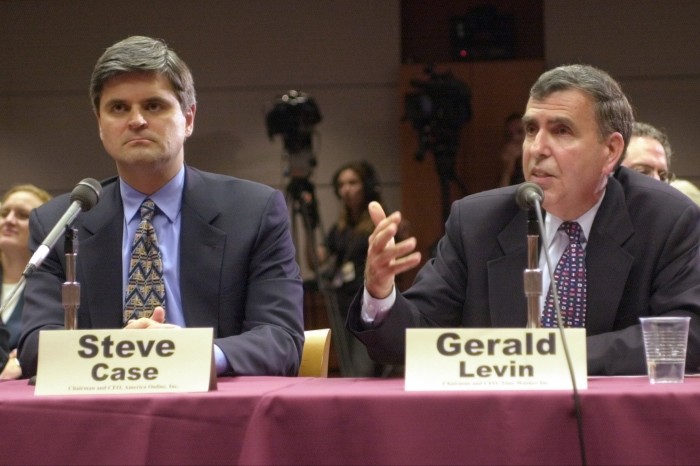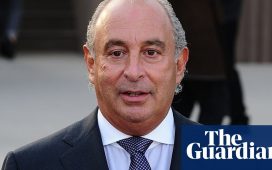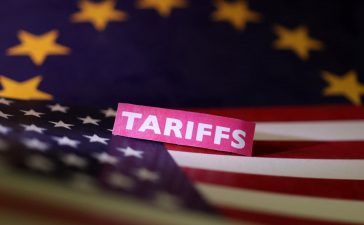Long before he became known as the architect of the AOL-Time Warner merger in January 2000 — generally considered the worst deal in business history — Gerald “Jerry” Levin was widely thought of as a media visionary.
He had made his start in the entertainment industry in the early 1970s at an obscure, money-losing outpost of the Time Inc empire called Home Box Office. The fledgling HBO network — future home of The Sopranos, Sex and the City and Game of Thrones — had only 50,000 viewers, about 175,000 shy of the number it needed to break even.
But reaching more households meant building expensive towers to carry its signal, an investment the brass at Time Inc were reluctant to make.
Levin had a bold, if risky, solution: transmit HBO’s signal by satellite, something no TV network had done. His gamble paid off spectacularly on September 30 1975, when HBO beamed the Thrilla in Manila — the legendary boxing match between Muhammad Ali and Joe Frazier — to its viewers in real time.
The traditional broadcast networks were left waiting for video tapes of the fight to be flown in from the Philippines, and Levin’s career was transformed overnight.
The 35-year-old Levin was proclaimed “our resident genius” by Andrew Heiskell, Time Inc’s chair, according to Fools Rush In, Nina Munk’s book about the AOL-Time Warner merger.
Levin, who has died aged 84 after a long fight with Parkinson’s disease, maintained his reputation as a brilliant, often ruthless media executive for another 25 years following his HBO breakthrough.
He was named to the Time Inc board in 1988 and took a lead role in its $14bn deal to acquire Warner Communications, uniting the magazine company founded by Henry Luce with the film studio once led by Jack Warner.
In 1995, he persuaded Ted Turner to sell CNN — another pioneering cable channel — and the rest of his TV, movie and sports empire to Time Warner. That deal left Levin sitting atop a media and entertainment colossus.
Then, at the dawn of the 21st Century and the height of the dotcom boom, he made a deal that would prove disastrous to the company he had helped build, its employees and its shareholders — not to mention his own reputation.
On January 10 2000, Levin and America Online chair Steve Case agreed a $165bn merger. It was, at the time, the biggest deal in history and the two men proclaimed they had created the “first global media and communications company of the internet century”.

In fact, AOL had merely dominated the dial-up era of the 1990s, which was beginning to fade when Case and Levin began their discussions. By the autumn of 2000, it later transpired, AOL was resorting to accounting tricks that inflated its revenue. Regulatory investigations and fines followed.
Time Warner employees rebelled against the new management from AOL, leaking embarrassing details to the press. Turner, angered by the rapid loss of his fortune as the stock tanked, openly attacked Levin in a board meeting.
Then, after less than two years, Levin said he had enough. In December 2001, he announced his retirement in an email to staff that ended with a quote from Ecclesiastes. He handed the chief executive job to Dick Parsons, a former executive at Dime Bank, in May 2002. The company took a humiliating $100bn writedown.
Years later, Levin went on CNBC to apologise to shareholders. “I presided over the worst deal of the century, apparently,” he said in the 2010 interview. “I’m really very sorry about the pain and suffering and loss that was caused.”
Levin was a native of Philadelphia, and he studied to be a rabbi before pursuing a law degree. He practised as an attorney, then joined the Development and Resources Corporation in the late 1960s, working on projects in Colombia, where he helped start a carnation farm, and Iran, where he tried to turn dry land into farms.
He faced personal tragedy in 1997 when his 31-year old son Jonathan, an English teacher, was murdered by a former student. “That was devastating for him,” recalled Ed Adler, who was the spokesperson for Time Warner before and after the AOL deal. “But he came back to work and he said he was going to dedicate himself to working in the memory of his son.”
After leaving the company that further deals would turn into Warner Bros Discovery, Levin married his third wife, Laurie Ann Levin, who ran a holistic healing institute in Los Angeles. The two pursued various health-related businesses.
“Jerry was a complicated guy, very intelligent, cerebral. Not a normal media executive,” Adler said. “I don’t deny that the merger caused pain for a lot of people, including lots of my colleagues. But he was more than that deal.”











